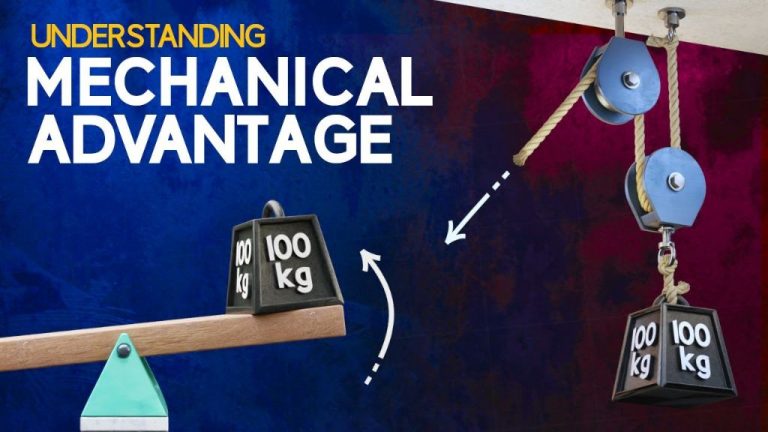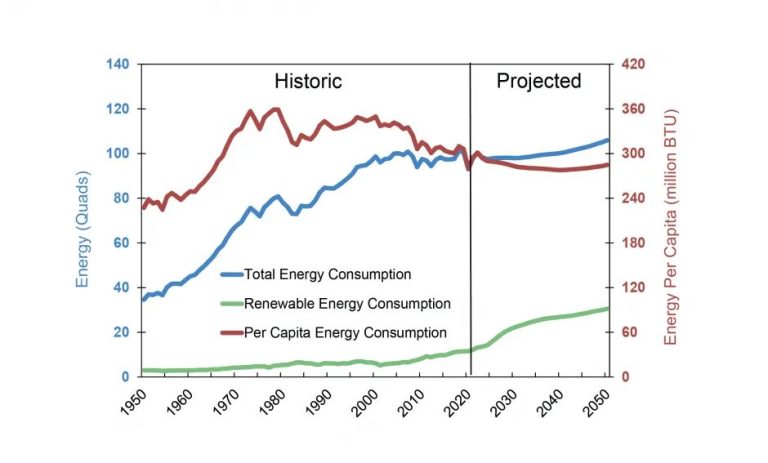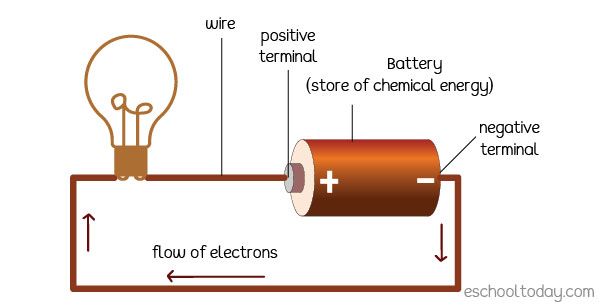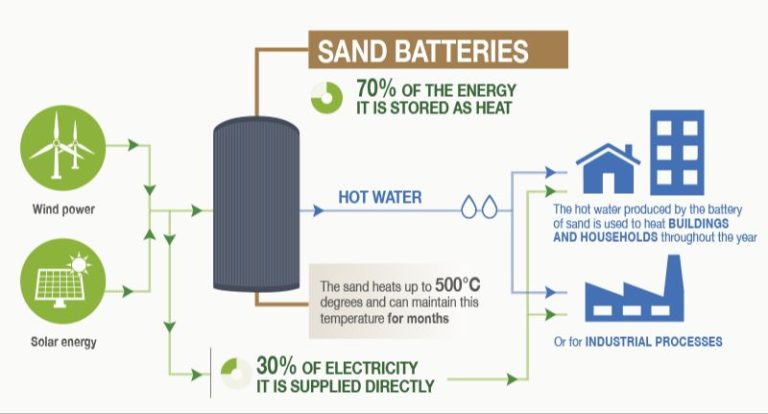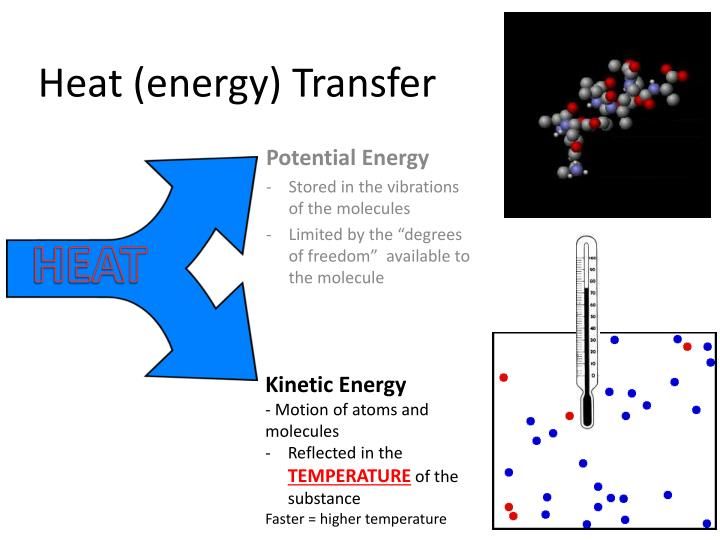How Efficient Are Springs At Storing Energy?
What is a Spring?
A spring is an elastic object that stores mechanical energy. Springs exert an opposing force when compressed, stretched, or twisted. The restoring force generated by springs is known as elastic potential energy.
Springs work by following Hooke’s law, which states that the force needed to extend or compress a spring is proportional to the distance from its equilibrium state. The equilibrium state is where the spring naturally wants to rest.
There are several types of springs, including:
- Coil springs – these are the most common type, made by winding wire into a coil
- Leaf springs – made of flat strips of curved metal
- Torsion springs – thin bars that twist under tension
- Gas springs – use compressed gas instead of an elastic solid
The elastic potential energy stored in a spring depends on its stiffness (spring constant) and extension/compression from equilibrium. This makes springs useful for absorbing shocks, storing energy, and exerting forces in mechanisms.
Measuring Spring Efficiency
The efficiency of a spring’s energy storage depends on its spring constant and energy losses to heat and friction. The spring constant (k) determines how stiff the spring is and is calculated by the formula:
k = F/x
Where F is the restoring force exerted by the spring and x is the displacement distance. A larger spring constant means the spring is stiffer and stores more energy.
The elastic potential energy (E) stored in a spring when compressed or stretched by a distance x is calculated by:
E = 1/2 kx^2
To measure the efficiency of a spring, the energy stored is compared to the energy put into compressing or stretching the spring. Some mechanical energy is always lost as heat due to friction and elastic hysteresis. The efficiency can be calculated as:
Efficiency = (Elastic Potential Energy Stored) / (Energy Input to Compress/Stretch Spring)
A perfectly efficient spring would have 100% efficiency, storing all input energy as elastic potential energy. However, real springs have efficiencies below 100% due to energy losses.
Factors Affecting Efficiency
Several key factors influence the efficiency of a spring in storing and releasing energy. These primarily relate to the design, material properties, and operating conditions of the spring system.
One major factor is the actual design and geometry of the spring itself. Parameters like the wire diameter, number of coils, and overall shape impact how efficiently the spring can compress and expand. For example, a spring with thicker wire or closer coils will generally be stiffer and store more energy for a given deflection. However, if the spring is too stiff, it requires more force to compress initially. Finding the optimal balance through design is key.
The material properties of the spring wire also matter greatly. The elastic modulus, density, Poisson’s ratio, damping capacity, and other intrinsic factors affect energy storage and loss behaviors. Spring materials like high carbon steel alloys are often chosen to maximize elastic efficiency within the operating temperature range.
Temperature is another key variable. The stiffness and elasticity of most spring materials change with temperature shifts. This means the ambient and operating temperature will alter the spring’s energy storage capacity and efficiency. Engineers must account for temperature effects in the design.
Finally, the cycling frequency and magnitude of compression have implications. The more times a spring is flexed, and the greater the deflection, the more energy is dissipated as heat due to internal friction and damping effects. High cycle rates and large deflections tend to reduce overall efficiency. There are practical limits to how far and fast a spring can be flexed before efficiency declines substantially.
Applications of Springs
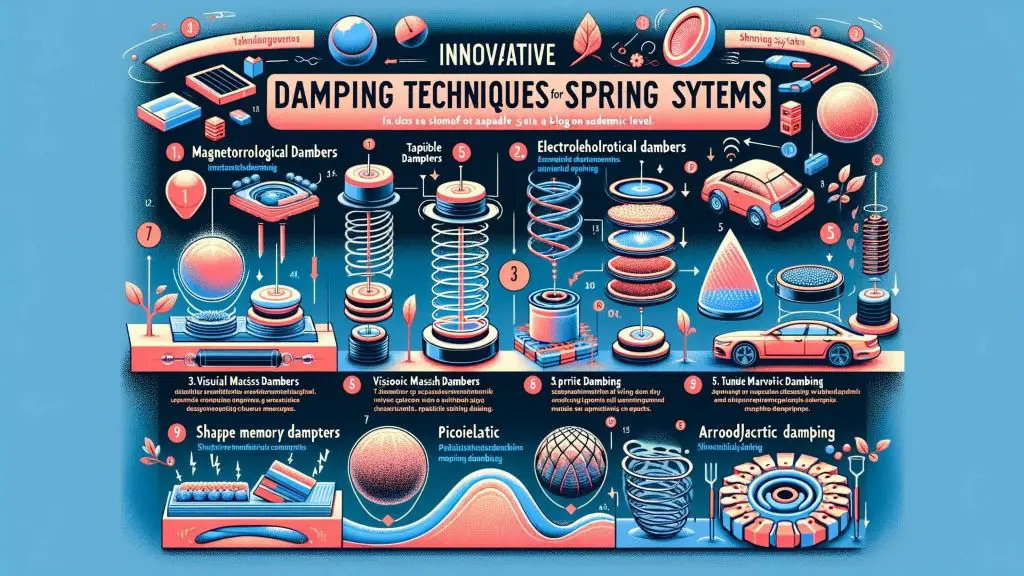
Some important applications where springs are widely used include:
Suspension Systems
Springs are a core component of the suspension systems of automobiles and other vehicles. Coil springs or leaf springs absorb bumps in the road, improving ride comfort, handling, and safety by smoothing out the transmission of forces from the road to the vehicle.
Toys
Many toys make use of springs to add amusement and interest through their dynamic motion and ability to store mechanical energy. Examples include slinkies, jack-in-the-boxes, yo-yos, and wind-up toys.
Mattresses
Mattress springs, like pocket coils or open coils, allow the surface to contour to the sleeper’s body shape and weight distribution. This increases comfort and support.
Timing Devices
The oscillation of a wound spring enables accurate timekeeping in mechanical clocks and watches. The gradual unwinding of the spring provides continuous power.
Case Studies
Springs are commonly used in suspension systems to absorb shock and vibration. One example is in automotive suspension design. Engineers aim to maximize the efficiency of coil springs to provide a smooth ride. Factors like the spring’s compression ratio, stiffness, shape, and material all impact how efficiently it absorbs and returns energy when compressed by bumps in the road.
Another application is in mechanical watches. The mainspring stores potential energy as it unwinds to power the watch over time. Watchmakers carefully design the springs to balance power retention and delivery. A more efficient spring can power the watch longer between windings. However, if wound too tight the spring risks snapping and failing. Fine tuning spring geometry and metallurgy is key to optimizing mainspring efficiency.
Improving Efficiency
There are several ways to improve the efficiency of springs for storing energy:
New Materials
Using new spring materials like nickel titanium shape memory alloys can increase efficiency. These advanced alloys have properties like superelasticity that typical spring materials lack. This allows more energy storage with less mechanical losses.
Design Improvements
Optimizing the design of springs through computer modeling and prototyping results in springs with higher energy storage density and lower internal friction. Variables like coil diameter, wire gauge, and number of active coils can be tuned.
Lubrication
Applying lubricants to the coils of a spring reduces friction losses as the spring compresses and decompresses. This lowers wasted energy and improves efficiency. Lubrication is especially effective on tightly-coiled springs.
Reducing Friction
Friction can be reduced by polishing the wire surface of springs to a mirror finish. This decreases surface roughness and sliding friction between the coils. Also, minimizing unnecessary bending of the spring wire reduces internal flexing friction.
Compare to Other Energy Storage
Springs have some advantages and disadvantages compared to other common methods of storing energy mechanically.
Compared to batteries, springs do not use chemicals or lose capacity over time. However, batteries can store more energy for their weight. Batteries also allow electrical energy to be stored directly.
Flywheels can store energy very efficiently and release it quickly like springs. However, springs are simpler, cheaper, and more durable than flywheel systems. The maximum speed of flywheels can also be limited by material strength.
Compressed air stores potential energy in a pressurized tank. This allows large energy storage capacity. However, some energy is lost as heat during compression. Springs avoid this energy loss.
Over short durations, springs can release energy efficiently and quickly. Their simple, passive operation also makes them reliable and low maintenance compared to active systems like flywheels. However, other technologies like batteries offer much higher energy density. The suitability of springs depends on the specific application and desired characteristics.
Limits of Spring Efficiency
While springs can store and release energy very efficiently, there are limits and factors that reduce their efficiency in real-world applications.
One key limit is material fatigue. As a spring is repeatedly compressed and expanded, the metal can weaken and deform slightly. This reduces the spring’s ability to return to its original shape, decreasing the energy storage and return. The spring rate (stiffness) will decrease over time.
Another issue is hysteresis losses. As the spring flexes, energy is lost as heat due to internal friction and damping effects. This converts some of the potential energy into heat rather than returning it as kinetic energy.
Manufacturing defects and variances also limit efficiency. Imperfections in the material and inconsistencies in the coiling process create internal stresses and friction in the spring. This further increases losses.
While springs can theoretically store and return energy at near 100% efficiency, these real-world factors mean the efficiency is lower in actual applications. Careful design, material selection, manufacturing quality control, and operating within fatigue limits can maximize spring efficiency, but some loss is unavoidable.
Latest Research
In recent years, there have been some notable advances in spring design and materials that have improved efficiency. Researchers are constantly looking for ways to optimize springs to store more energy for a given weight and size.
One area of focus has been developing new spring alloys and composites. For example, a composite made of carbon fiber and fiberglass was found to increase energy storage capacity by up to 25% compared to steel springs of an equivalent size. Shape memory alloys like nitinol have also enabled more compact and lightweight spring designs.
In terms of design innovations, scientists have developed springs with varying coil diameters and pitch to improve energy storage and damping properties. Using finite element analysis and topology optimization software has led to springs with organic, non-conventional shapes tailored for specific applications.
Active research is also being done on microsprings and nanosprings. At smaller scales, different factors come into play, enabling new ways to improve efficiency through material choice, 3D printing, and modeling. These micro and nano springs have potential uses in microsensors, actuators, and energy harvesters.
While springs are a mature technology, there are still new discoveries being made to incrementally boost efficiency and expand applications. The combination of new materials, design techniques, and micro/nanoscale engineering point to springs continuing to play an important role in energy storage and mechanical systems.
Conclusion
In conclusion, springs can be highly efficient at storing energy due to their elastic properties. The key factors that determine spring efficiency are the spring material, dimensions, type of winding, and operating conditions. Steel is the most commonly used spring material and can enable efficiencies of over 90%. Miniaturized springs made from advanced alloys or composite materials can push efficiencies even higher. Proper design optimization is crucial to maximize energy storage and minimize losses.
Applications such as regenerative vehicle suspensions and high-speed machinery rely on springs for efficient short-term energy storage and recovery. Case studies have shown spring efficiency rates of 80-95% in these systems. Further research into novel spring architectures and advanced materials will likely yield springs capable of even greater efficiencies in the future.
While springs have limitations in terms of energy density and self-discharge losses, they remain highly effective for certain applications requiring the storage of kinetic energy over short time spans. With continued research and innovation, springs will likely play an important role in energy-efficient systems for the foreseeable future.

